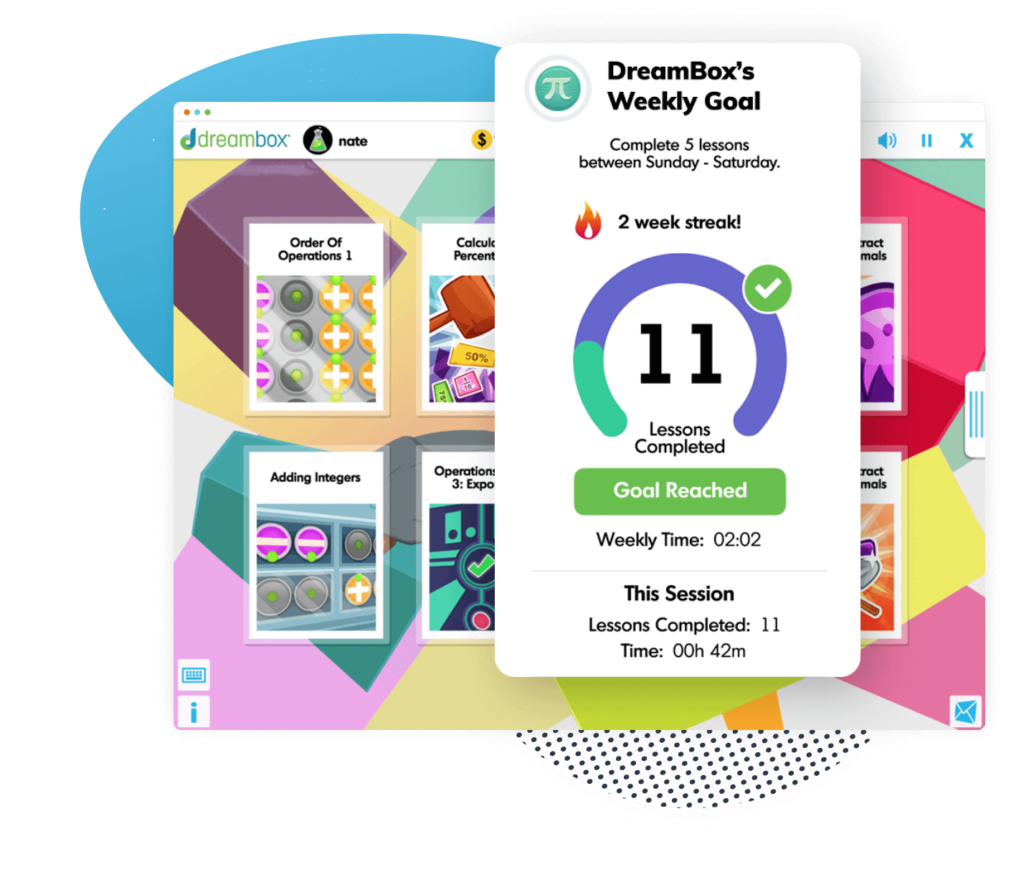3rd Grade Fraction Word Problems
Practice 3rd-grade addition, subtraction, multiplication, and division fraction word problems with these 30 questions and answers.

Author
Tess Loucka
Published:
September 2025
Key takeaways
- • A 3rd grader should be able to solve fraction word problems featuring fractions with the same denominators.
- • Solving word problems can improve a 3rd grader’s common sense and critical thinking skills.
- • Practicing word problems in the 3rd grade can lead to better grades as they get older.
Word problems take abstract math concepts and place them into everyday situations, teaching students how to apply math to real-world problems.
That’s why using numbers in word problems is such an important step in the development of a student’s math skills.
In this article, we’ll talk about how solving word problems can help third graders succeed in math class, as well as offer 30 fraction word problems 3rd grade students should be able to solve, of varying difficulty.
Why Fraction Word Problems Matter in 3rd Grade
Solving word problems can improve a student’s critical thinking skills, which can be applied to all subjects—not just math!
Besides that, problem-solving with word problems teaches students common sense, as they are forced to sort important information from filler words.
More common sense and critical thinking means fewer silly mistakes when turning in assignments, and ultimately, better grades going forward.
Table of contents
Get more 3rd grade math practice with DreamBox
30 Fraction Word Problems for 3rd Grade
There’s no denying that fraction word problems are an essential part of a third-grade student’s education. So, here are 30 fraction word problems for 3rd grade that you can practice at home or in the classroom.
15 Addition and Subtraction Word Problems
In 3rd grade, students are expected to be able to add and subtract fractions with like denominators. They most often work with fractions whose denominators are 2, 4, 6, and 8, but may be challenged with odd numbers as well.
1. Annie has two bottles of paint. She uses all the paint from one bottle. What fraction of the paint did Annie use?
2. Nira is chopping vegetables for dinner. She makes 6 piles of chopped vegetables, then adds 2 of those piles to the frying pan. What fraction of chopped vegetables is left?
3. There were 15 books about animals, and Maurice read 4 of them. What fraction of animal books did he read?
4. Amber ate 1⁄2 of a cupcake, and her brother ate the other 1⁄2. How much of the cupcake did they eat?
5. What do you get when you subtract three eighths from eight eighths?
6. Out of all the arcade staff, 8⁄14 are female and 5⁄14 of them work full time. What fraction of the staff is male?
7. If one baby elephant weighs 1⁄10 of a ton and another weighs 2⁄10 of a ton, what fraction of a ton do they weigh together?
8. If Robert walked his dog 5⁄9 of a mile first, then 4⁄9 of a mile, how far did Robert walk his dog in total?
9. What do you get if you add two-thirds of a cup to two-thirds of a cup?
10. If you drink 5⁄8 cups of juice, then 4⁄8 cups of milk, how many cups of liquid did you drink?
11. If Kevin spent 1⁄4 of an hour jogging yesterday and 3⁄4 of an hour swimming today, how many hours in total did he spend on the two activities?
12. Joseph rolled a marble 4⁄6 of a meter, and David rolled a marble 3⁄6 of a meter. Who rolled the marble farther, and by how many meters?
13. A worm is trying to travel across a dirt road. The worm moved 2⁄3 of an inch, stopped, then moved another 1⁄3 of an inch. How far did the worm travel?
14. Ms. Clemens brought cherry pie to class one day as a treat for her students. The boys ate 3⁄5 of the pie, and the girls ate 2⁄5 of the pie. How much more of the pie did the boys eat?
15. Nataly made lemonade for six friends. Each person, including Nataly, drank one cup. If three cups were left afterward, what fraction of the original lemonade was consumed?

The math program that drives results
Get started today!
DreamBox adapts to your child’s level and learning needs, ensuring they are appropriately challenged and get confidence-building wins.
15 Multiplication Word Problems with Fractions
1. If Enrique rides his bike 1⁄4 of a mile every day for 3 days, how many miles will Enrique ride in total?
2. Emma sees a total of 8 cars. She notices that 2⁄4 of the cars are blue. How many cars in total are blue?
3. What is two-thirds of one-third?
4. How many dollars is one quarter of $20?
5. What is half of one-third?
6. How many half-ounce containers can you fill with 3 pounds of apples?
7. What is 1⁄8 feet multiplied by 4?
8. If one-third of a whole is split in two, what fraction of the whole will each part be equal to?
9. How many times can one-third go into four-sixths?
10. Miranda has a piece of string that is 3⁄4 of a foot long. She wants to cut that string into pieces that are 1⁄4 of a foot long. How many pieces can she cut the string into?
11. If one-fifth of a whole is split into two equal parts, what fraction of the whole will each part be equal to?
12. How many times can one-eighth go into six-eighths?
13. How many thirds are there in three-quarters?
14. How many half-ounce bowls can you fill with 4⁄5 ounces of chocolate ice cream?
15. A bike repair shop has 4 broken tricycles. If each tricycle has 3 wheels and 1⁄3 of the wheels are broken, how many wheels will the bike repair shop workers have to fix?
Sign up with a math app or online math program for more practice with fractions.
FAQs about 3rd grade Fraction Problems
In 3rd grade, students should be able to add, subtract, multiply, and divide simple fractions and whole numbers. Simple one- or two-step word problems are best for this age group.
To make fraction word problems easier for your 3rd grader, help them visualize the problems by giving them more relatable examples and drawing pictures.
A common mistake with word problems is not reading them carefully. Students should read problems carefully and take notes to ensure they approach the solution correctly.
Take at home math practice to the next level
Empowering parents and educators to make math practice more impactful. Plus, your kids will love it.
